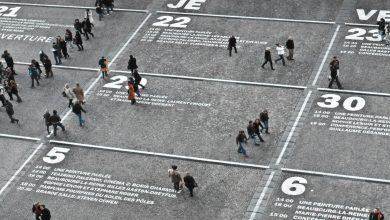Community: The Hidden Context for Learning
The importance of understanding the community background of learners.

Introduction:
Community catalyzes deep learning and should be a critical consideration when planning physical and virtual learning spaces.
Why we conduct education as we do is a puzzling question. How to do it better is a big challenge. For us, the idea that learning should be the primary purpose of education has been a beacon—we might all agree that learning is a purpose of education—but is it the primary purpose?
Content:
The importance of community to learning is implied but rarely stated as a significant context.
Research on learning theory, how the brain works, collaborative learning, and student engagement have taught us that people learn best in the community. Fostering community is critical to learning, regardless of whether an institution is primarily online, commuter, or residential. We answer Boyatzis, Cowen, and Kolb’s challenge of finding ways to conduct education better by suggesting a focus on community and community building and by seeking ways in which community can enhance learning through three strategic levers:
- Improving the process of developing learning spaces
- Using information technology to enhance communication and collaboration
- Using the community to improve pedagogical, curricular, and co-curricular environments.
All aspects of education—including the planning of space design—should acknowledge the community. Just as a learning paradigm focuses on the importance of learning, we argue for a community paradigm that emphasizes the role social interactions play in facilitating learning and improving student engagement: through the community, learning can grow.
A community is a group of people with a common purpose, shared values, and agreement on goals. It has powerful qualities that shape learning. A community has the power to motivate its members to exceptional performance.
We need to explore how building community enables the creation of spaces for learning (and conversely, how creating learning-centered spaces can enhance our ability to build community); how technology can foster community and information exchange; and how the community in pedagogical, curricular, and co-curricular design fosters learning.
We need then, as trainers, to focus on this community dimension as an important one to better understand and motivate learners involved in the learning path.
Exercises:
How to apply it in everyday work]
When I start/prepare a training activity,
- do I pay attention to my level of understanding of the socio-political background of the learners?
- do I research the information that I don’t have and how I am able to do it? Which tools and timeframe?
- do I pay attention to this community dimension while I am preparing my activities?
How I can really focus on the community dimension? Is it always possible?
Reflection Questions:
- Do I really feel that I can encompass all the different socio-political differences in one activity?
- How do I match my understanding of the reality with the different approaches from the learners?
- Do I know my own community dimension and how does it influence my learning experience?





